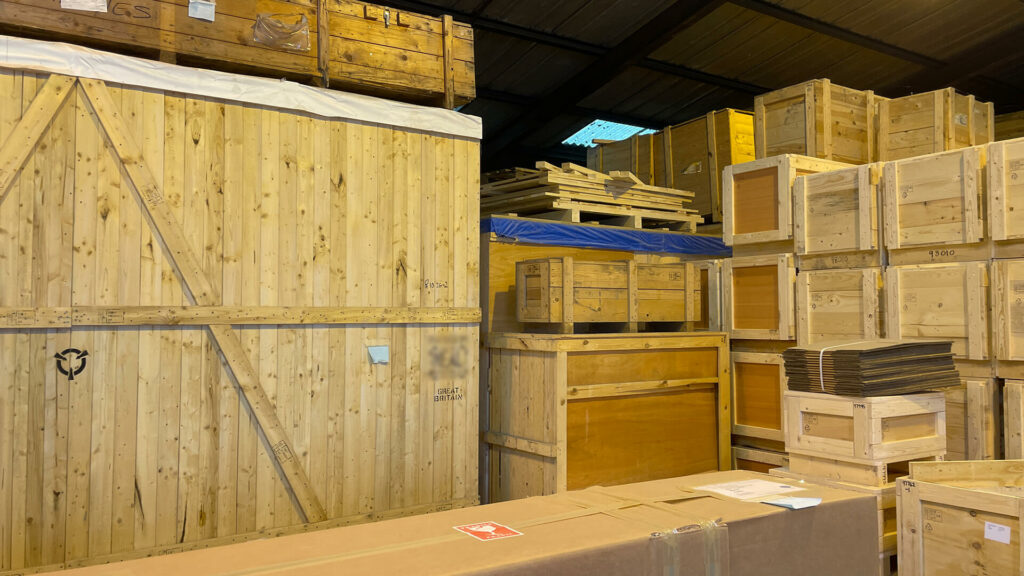In the fast-paced world of global trade and logistics, understanding the nuances of terms like packaging, packing, and export packing is essential. Though they may sound similar, each plays a unique role in ensuring goods are transported safely and efficiently from one point to another. This article sheds light on the distinctions between these processes and highlights their importance in the logistics chain.
What is Packaging?
Packaging is the outermost layer that encases products – it’s the physical material used for and in containers to protect, identify and aid transport loading and handling convenience.
Packaging serves multiple purposes beyond mere protection; it’s what keeps the product safe from damage during transit, aids in handling, and ensures compliance with legal standards.
The choice of packaging materials is vast, ranging from cardboard boxes and plastic wraps to bubble wrap and foam inserts. These materials not only safeguard the goods but also play a critical role in branding and customer perception.
When shipping hazardous goods, the packaging must meet specific international regulations to ensure safety throughout its journey. It’s not just about wrapping it up; it’s about choosing the right materials that align with both the product’s needs and global standards.
What is Packing?
Packing is the act of placing the goods to be transported within the chosen packaging, ensuring they are secure and well-protected. This step is crucial in maximising protection and using space efficiently. Proper packing methods prevent movement inside the box, reducing the risk of damage during transport. It’s an art that requires understanding the nature of the items being shipped and applying the best practices to keep them secure. Techniques such as using dividers, cushioning materials, and securing heavy items at the bottom of the container are all part of ensuring that your goods arrive in the same condition they were sent. Effective packing requires attention to detail, and adherence to best practices to ensure that products arrive at their destination intact and undamaged.
What is Export Packing?
Export packing takes packaging and packing to the next level, specifically tailoring these processes for international shipments. This involves additional considerations like longer transit times, varying environmental conditions, and compliance with international shipping regulations. Export packing must address the physical demands of international transport and the bureaucratic hurdles of customs and regulations. This includes using packaging materials that comply with ISPM15 regulations for wood packaging and ensuring all documentation and labelling meet the destination country’s requirements.
Conclusion
Understanding the distinctions between packaging, packing, and export packing is crucial for businesses involved in global trade. Each step, from choosing the right materials to secure packing methods, plays a vital role in ensuring goods arrive safely and comply with international standards. By focusing on the specific requirements of each process, businesses can improve efficiency, reduce the risk of damage, and ensure a smoother transit of goods across borders. But there’s no need to worry about all – John Pipe can help with your packing, packaging, or export packing needs. Get a quote today.
FAQs
Q: What types of packing boxes does John Pipe International provide for export?
A: John Pipe International offers a variety of packing boxes to meet different shipping needs, including sturdy wooden crates, corrugated cardboard boxes, and custom-sized containers.
Q: How does the quality of packaging boxes affect my shipments?
A: The quality of packaging boxes is vital for protecting your goods during transit.
Q: How do packing peanuts protect my items?
A: Packing peanuts are lightweight, shock-absorbent materials that fill voids in boxes, preventing movement and reducing the impact of shocks and vibrations during transport.

